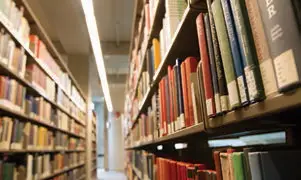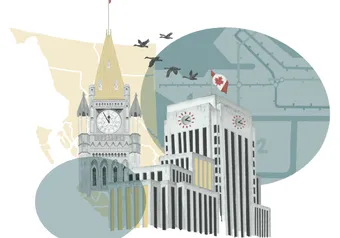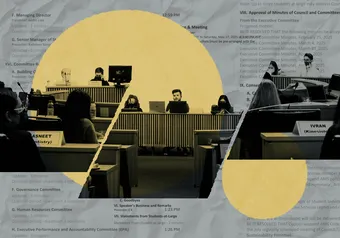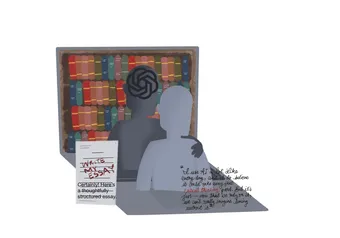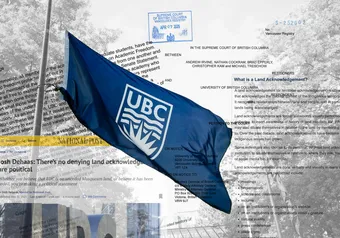The library has moved its collection of humanities books to make space for other purposes, devoting the fourth floor and half of the fifth to graduate study space, and the remainder of the fifth floor to administration. Recent criticism of this renovation has centered on the (suspiciously) growing square footage of administration space at UBC. The library is not only displacing students, however. Despite broadcasting that it aims to “provid[e] technology-rich, inviting spaces,” the library has relocated thousands of books — some to the basement of Koerner and many to the distant suburbs of the university campus.
The library is now storing much of its research material in the Library Preservation and Archives (Library PARC), “a new modular storage facility built to accommodate the future growth of collections at UBC Library.” The facility is located near TRIUMF, on the South side of campus, a forty-minute walk from Koerner Library. The PARC resides at the geographical margins of campus — and is peripheral knowledge for most students.
Here, the library has retired low-use materials and print texts available online. This is bad news for those less pixel-inclined: the book is no longer a tangible document, but a hyperlink on a webpage. The PARC accommodates books of the past, with ample room to spare for the “future growth of collections.” The library expects many more documents to become obsolete for the average student, and favours instead its cheaper, more multiply-accessible digital counterparts. What grows, then, is not necessarily the collection, but the number of books the Library deems irrelevant for the tech-literate student. The library PARC is a box for books’ coming expiry — a veritable coffin.
The library promises that many of these books are still available for borrowing. Put in a request, and anonymous hands will extract the desired document within 48 hours. But what student, pressured by the limits of their schedule and of their own procrastination, has the foresight to order a book for a research project, probably begun too late already? The books in the PARC are no longer on the shelves of the library for students’ unintentional discovery. Students are less likely to make a quick visit to the stacks (now, in Koerner’s basement) to pull books for a paper when only depleted shelves remain and they can access an ample online bookshelf.
The library is enabling sedentary research: from the seated position, (and only with a screen and internet access) we locate books. We are accustomed, now, to search for research material by click and scroll, via subject heading and keywords. We are learning to be proficient in tracking from a distance, in guessing the contents of a book before we open it. This is the curse of the keyword search: we have to know what we’re looking for to find it.
The library’s very organization of books — the shelves — encourage a browsing, a strolling of aisles (the magic of the Library of Congress System is its useful agglomeration of comparably-focused literature). In the stacks, books exist in three dimensions—adjacent one book, or beyond this shelf, is another text that may interest you. Then there is the obvious multiplicity of audience that can inform our research. The library book bears its history on its pages: the pocketed library card displays ancient stamps, names of the dead; dog-ears designate pages of note; annotations, some in dialogue with each other, index the hands that wrote them. Research was a tactile and fundamentally visual endeavour, one of serendipitous discovery — not so when so many of our research subjects are now confined to a climate-controlled storage container.
Indeed, part of the library PARC’s effort is that of “preservation”: “Library PARC’s carefully controlled environment will extend the life of collections up to seven times longer, ensuring their availability to future generations of students and scholars.” The reason for these books’ extended survival is their removal from places of breathing, touching, reading. Is it worth saving books seven times longer than usual in exchange for present struggle for access? The Library’s investment in the PARC suggests an admission of the book as historical artifact.
The library does not see a demand for the books it has stored in PARC — hence, their book fossilization. But libraries are not so much storage facilities as sites that enable and encourage the displacement of books. By using the PARC as a library, rather than as a cryogenic tank for the passé, we can demonstrate our demand.
Claire Lloyd is a fourth-year English literature student and the visual editor at The Ubyssey.
First online
Share this article


